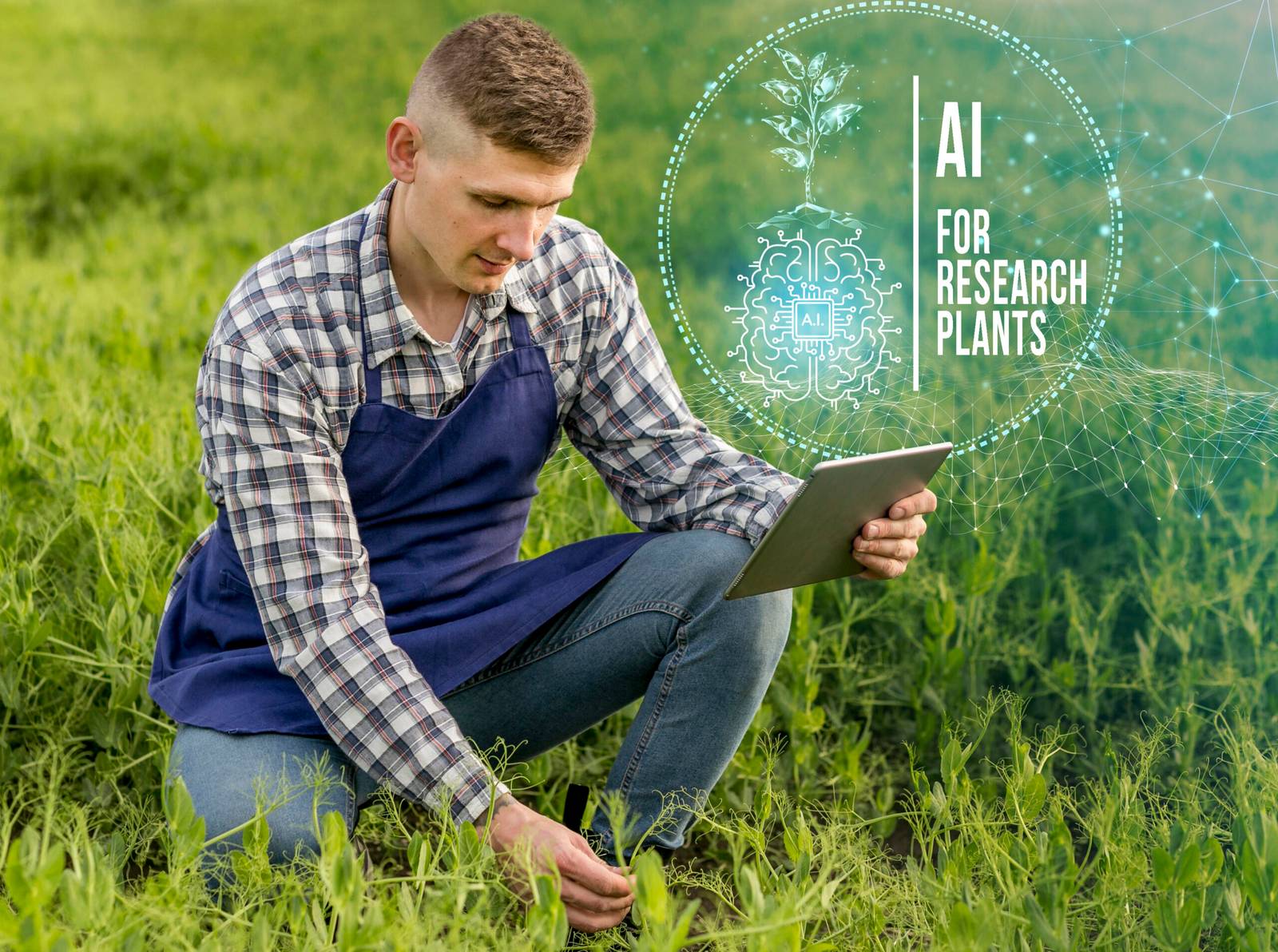The Role of AI in Climate Change Mitigation

by Web Digital
Climate change is one of the most pressing global challenges of our time, with far-reaching implications for the environment, economy, and society. It is driven by human activities, primarily the emission of greenhouse gases into the atmosphere, which trap heat and lead to rising global temperatures. To mitigate the adverse effects of AI in climate change and transition to a more sustainable future, innovative solutions are needed. Artificial Intelligence (AI) has emerged as a powerful tool with the potential to revolutionize the way we address climate change. This article explores the multifaceted role of AI in climate change mitigation and highlights the various ways in which AI technologies are being harnessed to combat this global crisis.
Data Collection and Analysis
AI plays a pivotal role in climate change mitigation by facilitating the collection and analysis of vast amounts of data. Climate scientists rely on AI-driven tools and algorithms to process data from satellites, weather stations, and various environmental sensors. These tools help in monitoring changes in the Earth’s climate system, including temperature, precipitation, sea levels, and greenhouse gas concentrations. AI can detect patterns and trends in the data that might be imperceptible to humans, thereby providing valuable insights into the dynamics of climate change.
Machine learning algorithms, for instance, can identify early warning signs of extreme weather events, enabling better preparedness and response strategies. This predictive capability is crucial in reducing the impact of disasters like hurricanes, floods, and wildfires.
Climate Modeling
AI is also instrumental in enhancing climate modelling, a critical component of climate change mitigation. Climate models are complex simulations that help researchers understand how various factors influence climate change. AI-driven models can simulate climate systems more accurately and efficiently than traditional models, enabling researchers to explore various scenarios and assess the potential outcomes of climate policy interventions. Improved modelling can inform decision-makers on the most effective strategies for mitigating climate change and adapting to its impacts.
Renewable Energy Optimization
The transition to renewable energy sources is a cornerstone of climate change mitigation efforts. For example, AI algorithms can predict energy demand patterns, allowing power grids to adjust production accordingly. By balancing energy supply and demand more effectively, renewable energy sources like wind and solar become more reliable and cost-efficient.
Moreover, AI-driven energy management systems can optimize the operation of solar panels, wind turbines, and energy storage facilities, increasing their overall efficiency. These advancements not only reduce greenhouse gas emissions but also make renewable energy sources more accessible and affordable.
Energy Efficiency and Conservation
AI technologies are contributing to energy efficiency and conservation efforts in various sectors. Smart buildings, for instance, use AI to control heating, ventilation, and air conditioning systems to minimize energy consumption. Smart grids employ AI to improve energy distribution and reduce power losses during transmission. Industrial processes are also benefiting from AI-driven optimization, which minimizes energy use and waste.
Carbon Capture and Storage
AI is being employed to enhance carbon capture and storage (CCS) technologies, which are essential for reducing carbon dioxide emissions from industrial processes and power generation. AI systems can monitor and control CCS operations, ensuring efficient and safe capture of carbon emissions. Additionally, AI can assist in selecting optimal storage sites and modelling the long-term behaviour of stored carbon.
Sustainable AI in Climate
Agriculture is both a significant contributor to greenhouse gas emissions and vulnerable to the impacts of climate change. AI is being used to optimize farming practices, reducing emissions and enhancing crop yields. Precision agriculture, powered by AI, allows farmers to make data-driven decisions about irrigation, fertilization, and pest control. By reducing resource wastage and improving productivity, AI contributes to a more sustainable and climate-resilient agricultural sector.
Conservation and Biodiversity
AI is transforming conservation efforts by enabling more efficient monitoring and protection of ecosystems and endangered species. Drones equipped with AI algorithms can survey vast landscapes and identify areas at risk of deforestation or illegal logging. AI-powered camera traps and acoustic monitoring systems aid in wildlife conservation by identifying and tracking animals. These technologies help safeguard biodiversity and protect natural carbon sinks, such as forests and wetlands.
AI in Climate Finance and Risk Assessment
AI can assist in assessing the financial risks associated with climate change and identifying opportunities for climate-resilient investments. Financial institutions and businesses use AI to analyze climate-related data and assess the impact of climate risks on their portfolios and operations. This information is crucial for making informed decisions about divestment from high-carbon assets and investment in sustainable initiatives.
AI in Climate Adaptation
In addition to mitigation, AI also plays a role in climate adaptation, helping societies prepare for and respond to the impacts of climate change. AI-driven systems can provide early warning systems for extreme weather events, optimize disaster response efforts, and assist in designing resilient infrastructure.
Conclusion
The role of AI in climate change mitigation is multifaceted and continually evolving. It is clear that AI has the potential to revolutionize our approach to addressing this global crisis. From data analysis and climate modelling to renewable energy optimization and sustainable agriculture, AI is driving innovation and facilitating more effective solutions for mitigating climate change. As technology advances and our understanding of AI deepens, we can expect even more sophisticated and targeted applications of AI in the fight against climate change. It is imperative that governments, businesses, and researchers continue to harness the power of AI to create a more sustainable and resilient future for our planet.
Recommended Posts

Web Design Portfolio Tips for Canadian Freelancers
September 27, 2025

The Cost of SEO Services in Canada
September 27, 2025

How to Use Google Business Profile for Local SEO
September 26, 2025
